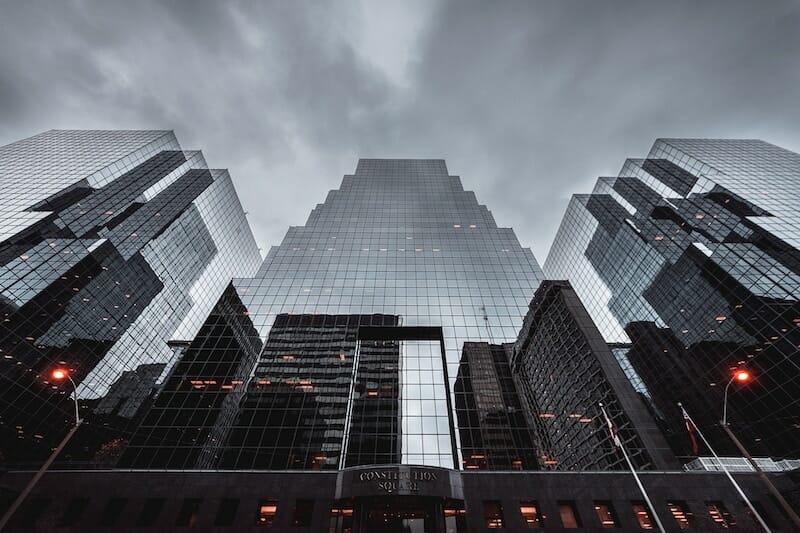Architecture photography is a challenging area of photography that demands skill and experience.
is a challenging area of photography that demands skill and experience.
Capturing the essence of a building with its human-made components often found in stark contrast to the natural surroundings is a unique challenge to the genre.
DSLRs have ruled the pavement for many years regarding must-have equipment for capturing the whole essence of a building.
However, with the growing sophistication of the Olympus and Panasonic M43 standard, there are now more options for architectural photographers who need something more sophisticated than a point-and-click camera without spending a fortune.
Here’s what you need to make your foray into architecture photography with a micro 4/3 camera .
.
Start with the M43 Camera
Micro 4/3s cameras give you more control over aperture and shutter speed, are less bulky, and you can change the lens to suit the circumstance. Plus, they are a lot cheaper than the average full DSLR.
Today’s breed of Micro 4/3s cameras is more than capable of producing great shots for the budding architectural photographer.
Urban environments are often plagued with low-light conditions, but M43 cameras are more than up to the task in all but the most extreme conditions with their extensive range of ISO selections.
The great thing about architecture is that it isn’t going anywhere, so you have the opportunity to wait for the right lighting conditions.
Lenses for M43 Architecture Photography
Cameras are only half the story when preparing yourself for architecture photography.
You will need one or two lenses to go with your camera model. Fortunately, the M43 camera market has matured, and it’s now relatively easy to procure a lens that will fit your situation.
You can use any lens to capture architecture, but architecture photography often involves large subjects requiring a wider focal length than what is standard on the camera.
Wide-angle lenses also come into their own when you’re taking shots from higher vantage points and need to capture the full majesty of a cityscape or group of buildings.
What is a Tilt-Shift Lens?
To reduce the convergence effect of straight lines on a camera that is tilted upwards, you can use a tilt-shift lens .
.
This type of lens will keep all of the lines in your image parallel rather than appear as if they are disappearing into the distance.
Tilt-shift lenses are also excellent for removing the keystone effect (making straight lines look curved) in architectural images.
Native tilt-shift lenses for the M43 format are non-existent, but some adapters will allow you to fit a tilt-shift lens from another format.
An expensive tilt-shift lens may not be in the budget for architectural photographers just starting.
Software such as Photoshop and Lightroom have compensated for these effects for some time now, but M43 cameras are also providing solutions with a keystone adjustment feature built into the camera’s operating system.
There is some contention about whether correction at the hardware level is better or worse than the software level. So it will depend on your needs and budget which direction you take.
Tripods are Useful for Architecture Photography
Many of the Micro 43 cameras you come across will have powerful image stabilization built-in, so you may not need a tripod in all but the lowest light.
However, tripods can be handy for keeping your hands free to adjust the settings and shift when using a tilt-shift lens.
Conclusion to M43 Architecture Photography
You don’t need the latest high-end gear to take excellent architecture photography of grand old buildings and majestic cityscapes.
Buildings are patient subjects that give you plenty of time and more chances to get the shot right.
Choose your camera model to suit your needs and budget, throw in a couple of choice M43 lenses and then get out there and start practicing.
and then get out there and start practicing.


